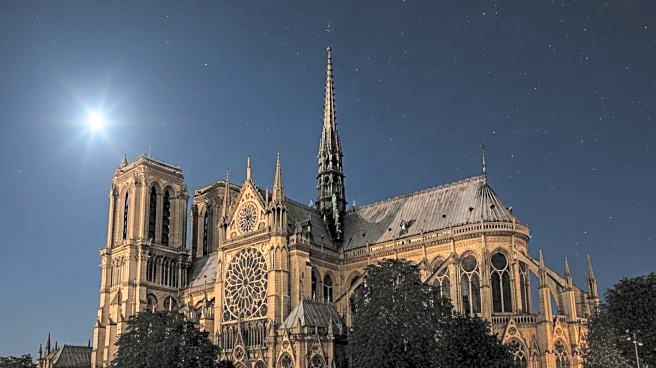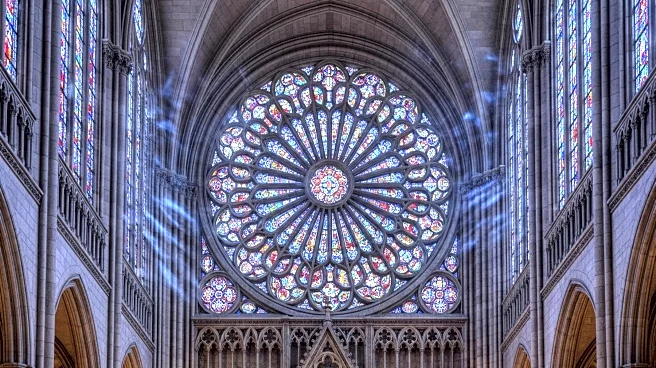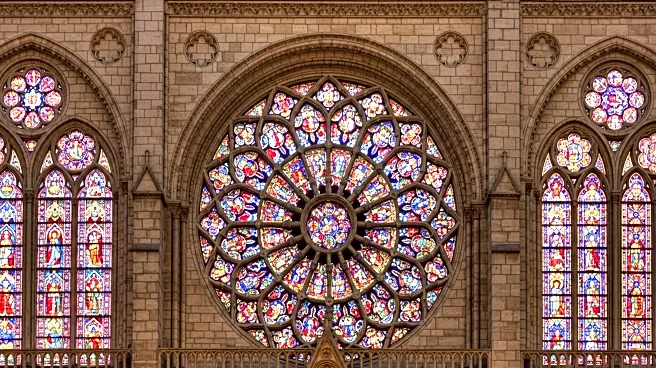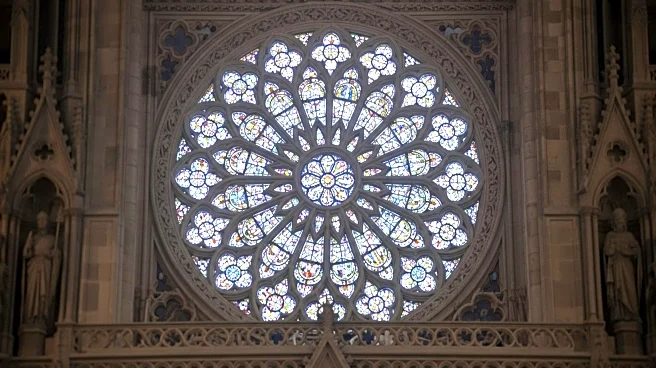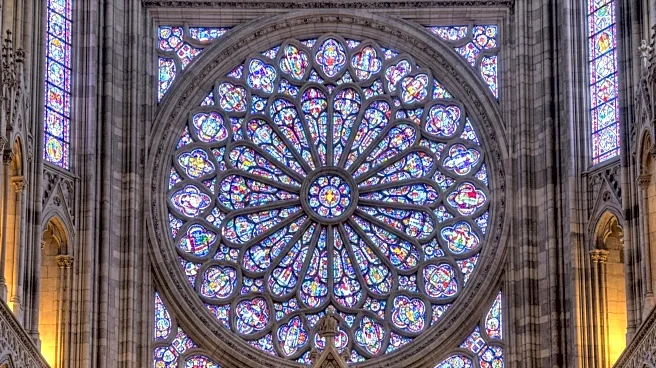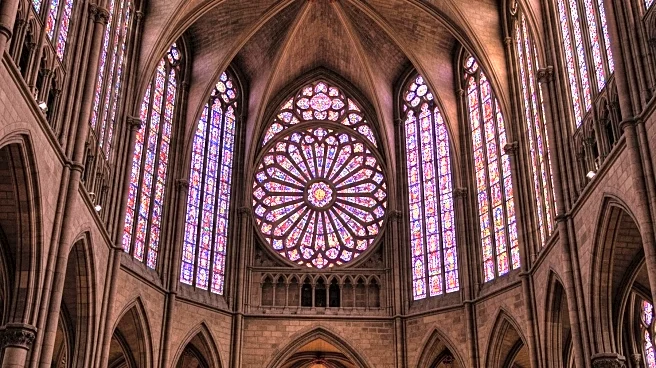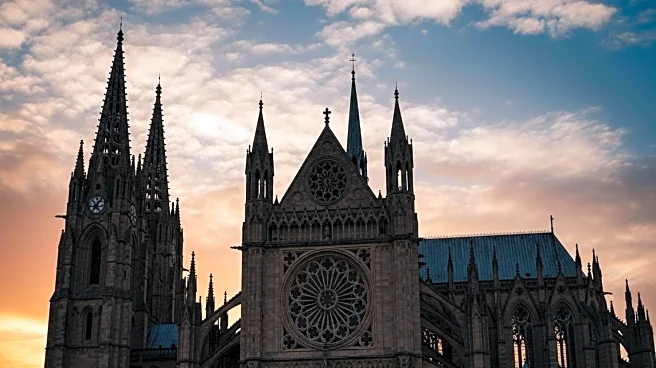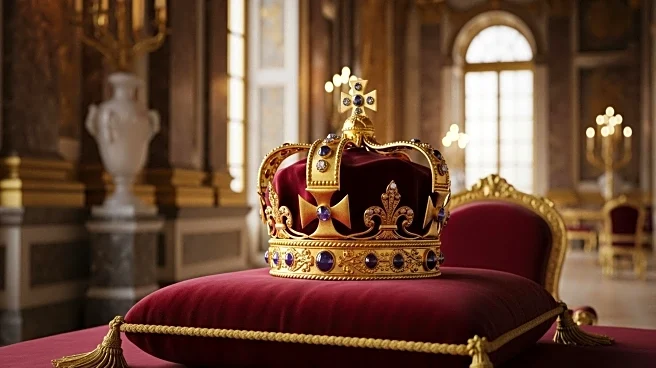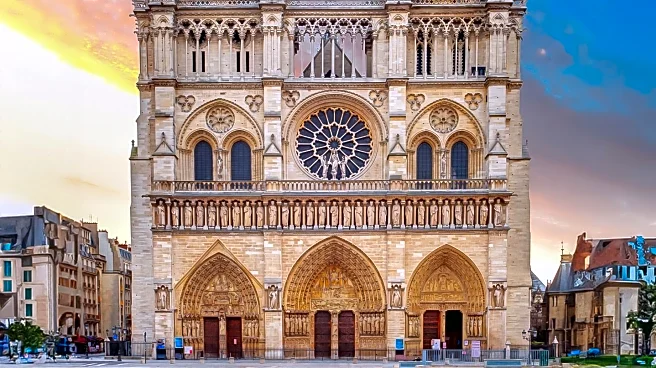Notre Dame Cathedral, a symbol of French Gothic architecture, was created through centuries of architectural innovation and cultural dedication. From its founding in 1163 to its completion in 1345, the cathedral has played a significant role in shaping architectural design and cultural heritage.
Founding or Discovery
The creation of Notre Dame Cathedral began in 1163 under the direction of Bishop Maurice de Sully. His vision for a grand Gothic cathedral set the foundation for what would become one of the most iconic structures in Paris. The cathedral's design incorporated innovative elements like the rib vault and flying buttress, which allowed for larger windows and higher ceilings.
Key Contributors
Key contributors to Notre Dame's creation include architects and craftsmen who worked tirelessly over nearly two centuries to complete the cathedral. Their dedication to architectural excellence and cultural heritage is evident in the cathedral's pioneering use of structural elements and its naturalistic sculptural decoration.
Design or Method
The design of Notre Dame Cathedral is characterized by its use of the rib vault and flying buttress, which set a new standard for Gothic architecture. These elements allowed for larger windows and higher ceilings, creating a sense of grandeur and openness. The cathedral's enormous and colorful rose windows and its naturalistic sculptural decoration further enhance its architectural beauty.
Early Reception
The early reception of Notre Dame Cathedral was marked by admiration for its architectural innovations and cultural significance. As the largest Gothic cathedral in Western Europe at the time of its completion, Notre Dame set a precedent for architectural excellence and influenced the design of many subsequent structures. Its role in historical events further solidified its status as a cultural landmark.
 Discover Daily • 8 min read
Discover Daily • 8 min read 